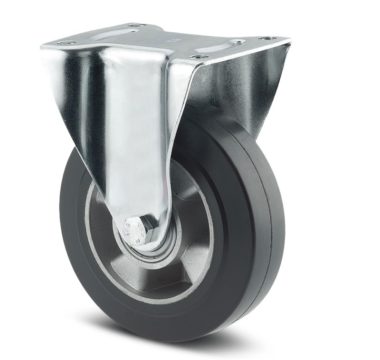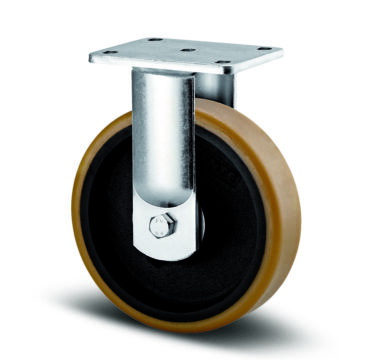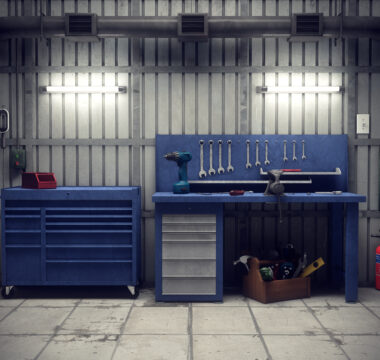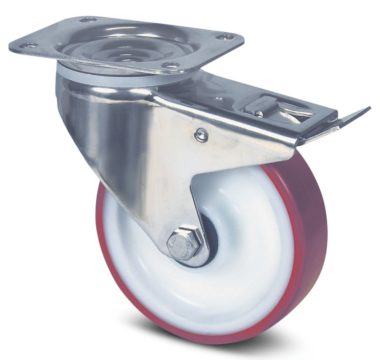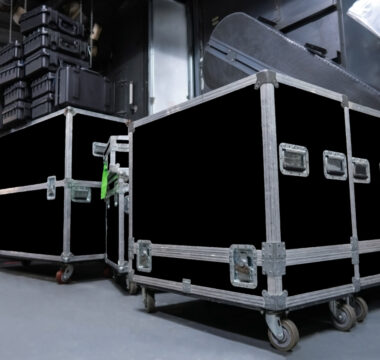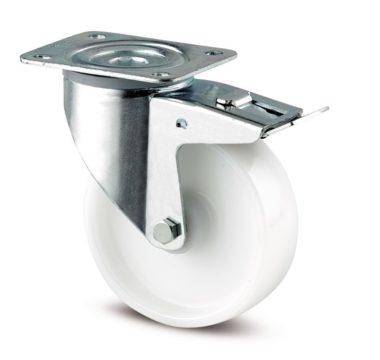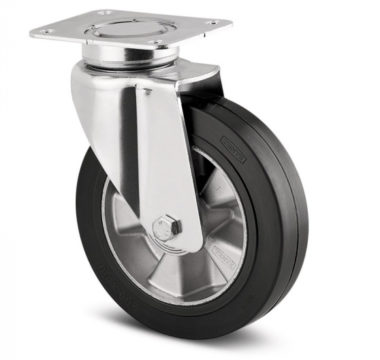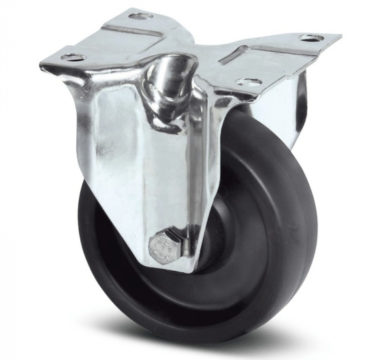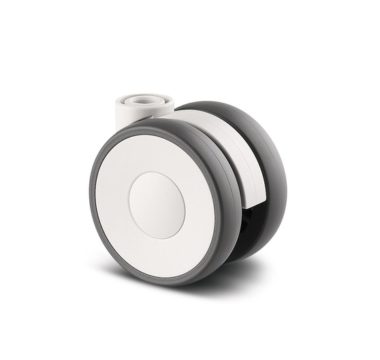In many everyday objects, the mobility provided by castors is often overlooked, yet they play a significant role in functionality and ease of use. From the swivel chair in your office to the trolley in hospitals, castors make movement easier and more efficient across the board. Despite their ubiquitous presence, not everyone understands the distinction between castors and wheels, or the intricate design and variety of castors available. So in this article, we’ll learn what castors are and the difference between castors and wheels.
The Basics of Castors
A castor is a wheeled device typically mounted to the bottom of a larger object, allowing for easy and controlled movement. This assembly usually consists of a wheelset in a frame (also known as a yoke), which includes a mounting apparatus to attach it to a structure.
The modern castor has evolved with advancements in materials and mechanics, growing from simple wooden wheels to sophisticated assemblies made for specific applications.
Today, castors are integral to various everyday and specialist items. They are found on office chairs, making it easier to move around workspaces; on hospital beds, facilitating the quick and safe transportation of patients; and on furniture, helping in the rearrangement of spaces without the need to lift heavy objects.
Components of a Castor
Although castors are used for a wide variety of applications, they don’t deviate much in terms of composition. A typical castor comprises several components that include the:
- Wheel: The round part that makes direct contact with the ground.
- Frame (Yoke): The support structure that holds the wheel in place.
- Mounting: The fixture used to secure the castor to its load, ensuring that the assembly remains attached during movement.
- Special Mechanisms: Some castors include locks or brakes to control movement, enhancing safety and stability.
Materials used in castor components vary depending on their intended use. Common materials include rubber, which provides good traction and noise reduction; metal, chosen for its strength and durability; and plastic, often used for lightweight applications or where corrosion resistance is important.
Types of Castors
Castors are surprisingly versatile, which makes them incredibly useful across a wide spectrum of applications. Several different types of castors exist and provide unique functionality, such as:
- Swivel Castors: Swivel castors allow for 360-degree rotation, offering excellent manoeuvrability.
- Rigid (Fixed) Castors: Fixed castors only roll forward and backwards, providing more stability but less flexibility.
- Locking Castors: Locking castors feature a mechanism to lock the wheel, preventing movement when stationary.
Beyond these basic types, there are specialty castors designed for specific needs and applications. These include:
- Industrial Castors: These are built to handle heavy loads and harsh environments.
- Decorative Castors: Decorative castors are often used on home furniture, combining functionality with aesthetics.
- Medical Castors: These are specialised castors for medical equipment, often featuring materials that withstand sterilisation and provide quiet operation.
Castors vs. Wheels – Understanding the Difference
A wheel is a circular component that rotates on an axle and is a fundamental part of many mechanisms used for transportation, like cars and bicycles. Its primary function is to enable movement across a surface by reducing friction. While both wheels and castors serve to make objects mobile, their applications and functionalities differ somewhat:
- Mobility Features: Castors, particularly swivel types, offer mobility in multiple directions, whereas wheels typically move in a fixed direction unless part of a steering system.
- Mounting Methods and Adaptability: Castors are mounted on a frame and often include additional features like locks or swivel capabilities, making them adaptable to various environments. Wheels are usually part of a fixed axle system.
- Typical Applications: Wheels are used in vehicles where direction is controlled through a steering system; castors are found in everyday items like furniture and shopping carts where 360-degree movement is advantageous.
Consider the difference in mobility between an office chair and a shopping trolley. The chair, with its swivel castors, allows for a wide range of motion, which is key for manoeuvring around a desk space. In contrast, the trolley’s fixed wheels are designed for straightforward movement through aisles.
Understanding the distinct functionalities and designs of castors and wheels can significantly impact the choice of products and their efficiency in daily tasks. Whether it’s enhancing office productivity or facilitating industrial transport, choosing the right type of mobility component is key to optimising performance.






